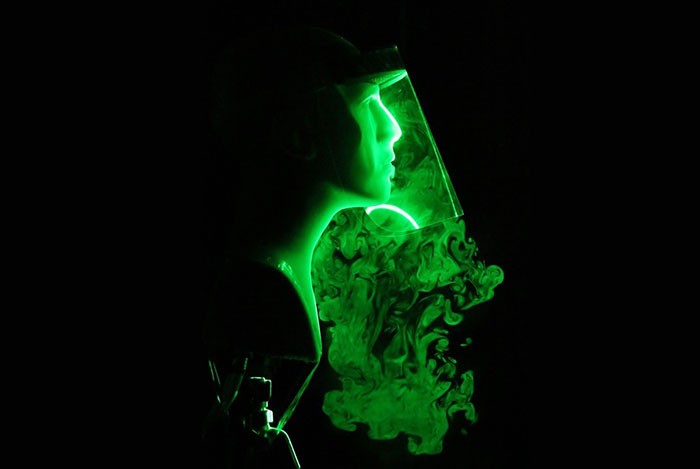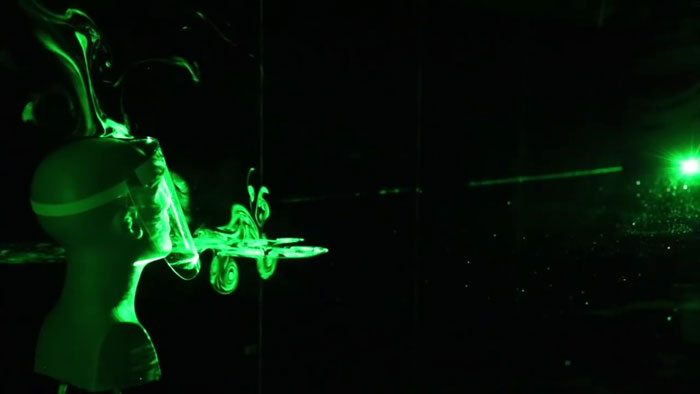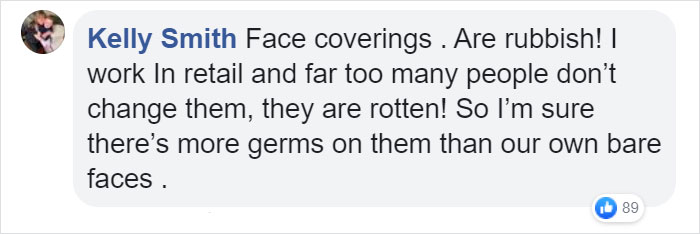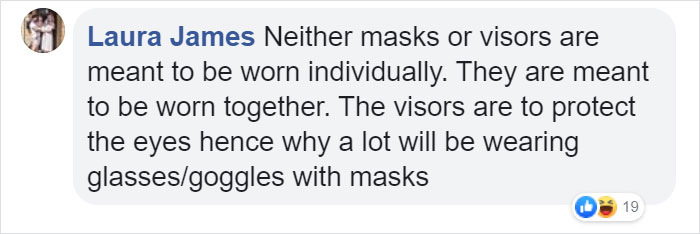Japan has put together a really good computer and, unlike most of us who finish our PC builds, they aren’t using it for games. Riken, a government-backed researcher center in Kobe conducted a study on the spread of coronavirus by using Fugaku, the world’s fastest supercomputer, and determined that nearly 100 percent of airborne droplets less than 5 micrometers in size escaped through the plastic shields (one micrometer is one-millionth of a meter). Additionally, about half of the larger droplets measuring 50 micrometers found their way into the air.

Image credits: Shutterstock/winnievinzence
A simulation using Fugaku, the world’s fastest supercomputer, found that almost 100% of airborne droplets of less than 5 micrometers in size escaped through plastic face shields

Image credits: Florida Atlantic University
Additionally, about half of the larger droplets measuring 50 micrometers found their way into the air

Image credits: Florida Atlantic University
Florida Atlantic University has explained the numbers visually with a cool and comprehensive video
Image credits: Florida Atlantic University
Makoto Tsubokura, computational science team leader at Riken, said the simulation combined airflow with the reproduction of tens of thousands of droplets of different sizes, from under 1 micrometer to several hundred micrometers.
He warned against wearing plastic face shields as an alternative to masks.
“Judging from the results of the simulation, unfortunately, the effectiveness of face guards in preventing droplets from spreading from an infected person’s mouth is limited compared with masks,” Tsubokura told The Guardian.

Image credits: Florida Atlantic University

Image credits: Florida Atlantic University

Image credits: Florida Atlantic University
“This is especially true for small droplets of less than 20 micrometers,” Tsubokura said, explaining that all of the much smaller aerosol particles were found to escape through the gap between the face and the face shield. “At the same time, it somehow works for the droplets larger than 50 micrometers.”
Fugaku, which cost over $1.2 billion and can perform more than 415 quadrillion computations a second, recently also found that face masks made from non-woven fabric are more effective at blocking the spread of COVID-19 via airborne droplets than those made of cotton and polyester
You can wear shields, but use a mask as well

Image credits: Official U.S. Navy Page
Here’s what people said after hearing the big news









from Bored Panda https://ift.tt/33S8Nv2
via IFTTT source site : boredpanda